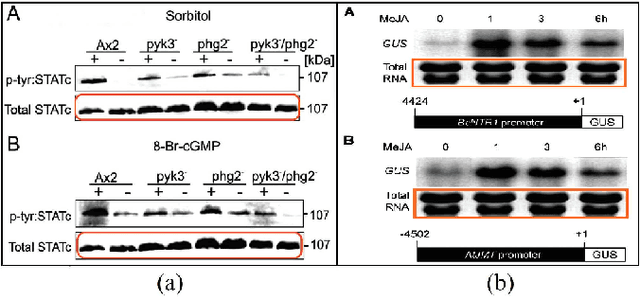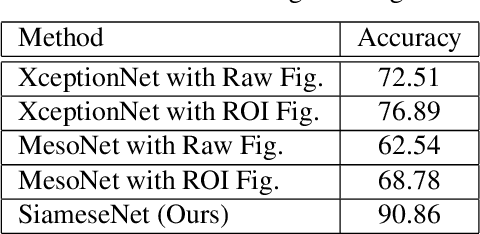Kevin Urrutia Avila
Development and Testing of a Smart Bin toward Automated Rearing of Black Soldier Fly Larvae
Jul 09, 2022



Abstract:The Black Soldier Fly (BSF), can be an effective alternative to traditional disposal of food and agricultural waste (biowaste) such as landfills because its larvae are able to quickly transform biowaste into ready-to-use biomass. However, several challenges remain to ensure that BSF farming is economically viable at different scales and can be widely implemented. Manual labor is required to ensure optimal conditions to rear the larvae, from aerating the feeding substrate to monitoring abiotic conditions during the growth cycle. This paper introduces a proof-of-concept automated method of rearing BSF larvae to ensure optimal growing conditions while at the same time reducing manual labor. We retrofit existing BSF rearing bins with a "smart lid," named as such due to the hot-swappable nature of the lid with multiple bins. The system automatically aerates the larvae-diet substrate and provides bio-information of the larvae to users in real time. The proposed solution uses a custom aeration method and an array of sensors to create a soft real time system. Growth of larvae is monitored using thermal imaging and classical computer vision techniques. Experimental testing reveals that our automated approach produces BSF larvae on par with manual techniques.
Learning to identify image manipulations in scientific publications
Feb 03, 2021



Abstract:Adherence to scientific community standards ensures objectivity, clarity, reproducibility, and helps prevent bias, fabrication, falsification, and plagiarism. To help scientific integrity officers and journal/publisher reviewers monitor if researchers stick with these standards, it is important to have a solid procedure to detect duplication as one of the most frequent types of manipulation in scientific papers. Images in scientific papers are used to support the experimental description and the discussion of the findings. Therefore, in this work we focus on detecting the duplications in images as one of the most important parts of a scientific paper. We propose a framework that combines image processing and deep learning methods to classify images in the articles as duplicated or unduplicated ones. We show that our method leads to a 90% accuracy rate of detecting duplicated images, a ~ 13% improvement in detection accuracy in comparison to other manipulation detection methods. We also show how effective the pre-processing steps are by comparing our method to other state-of-art manipulation detectors which lack these steps.
 Add to Chrome
Add to Chrome Add to Firefox
Add to Firefox Add to Edge
Add to Edge